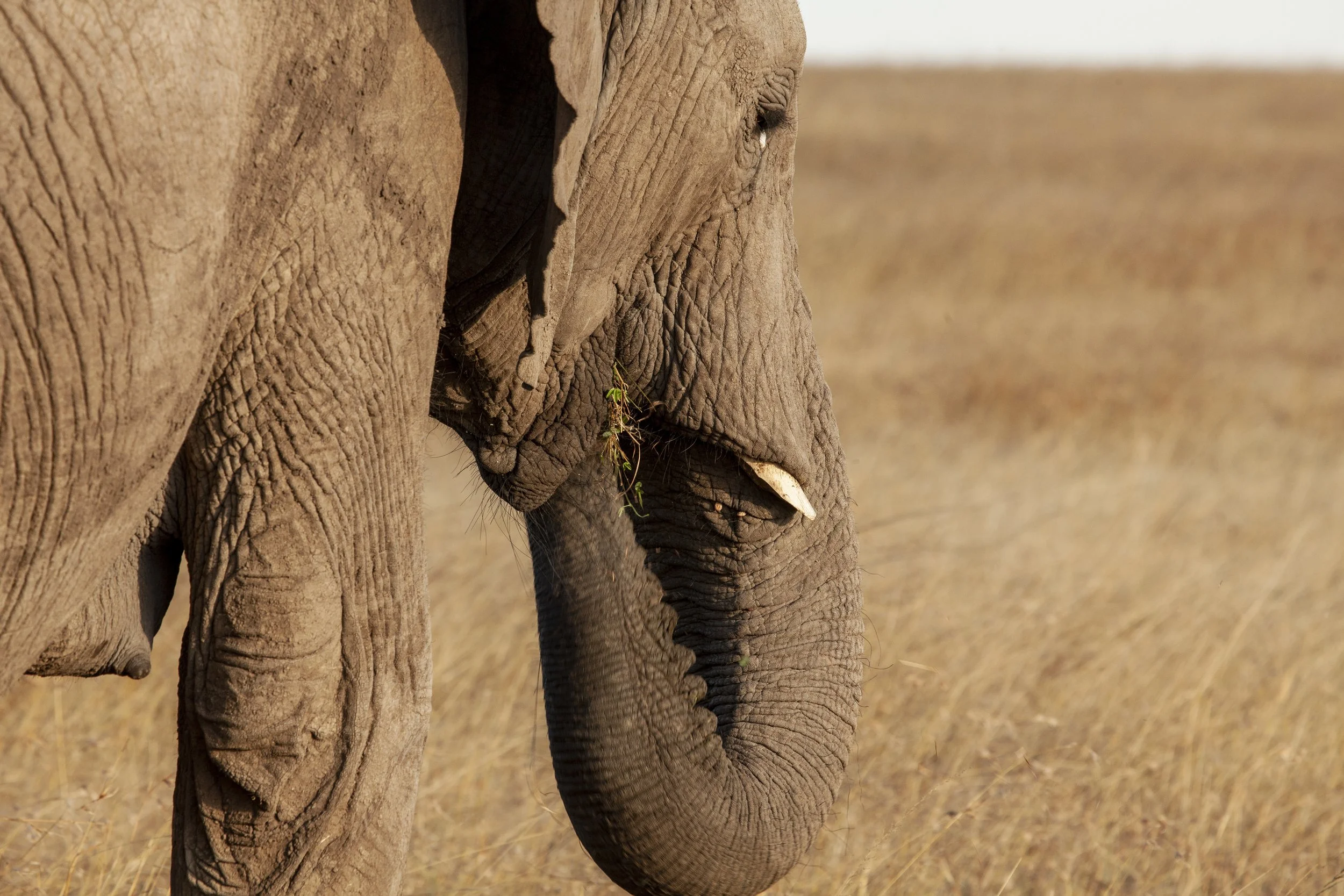Pringle Lab helps discover why female elephants in Gorongosa are frequently born without tusks
Ivory poaching over decades has led to the evolution of tuskless elephants, researchers have found, proving that humans are “literally changing the anatomy” of wild animals.
Elephants with tusks were highly likely to be hunted during the Mozambican civil war from 1977 to 1992, when 90% of the elephant population was slaughtered by armed forces on both sides to produce ivory that was sold to finance the conflict. Those without tusks were left alone, leading to an increased likelihood they would breed and pass on the tuskless trait to their offspring.
A couple of generations later, the effects of this are still visible on the group of about 700 elephants that live in the national park. Robert Pringle, of the department of ecology and evolutionary biology at Princeton University, which led the study, said it showed the impact of human interference in nature.
“What I think this study shows is that it’s more than just numbers. The impacts that people have, we’re literally changing the anatomy of animals.”
Pringle said Gorongosa national park had always interested researchers, who had suspected historical poaching was what caused this abnormality, though the exact mechanics of the issue were unknown.
Watch the film:
Most African elephants have tusks, but some never grow them — especially in places that have a history of poaching, like Gorongosa National Park. Scientists are trying to determine the genes involved in tusk development and how variations in these genes can lead to tusklessness. In this video, biologist Shane Campbell-Staton walks through the steps of collecting DNA samples from elephants in Gorongosa National Park and how he plans to analyze their DNA sequences.

